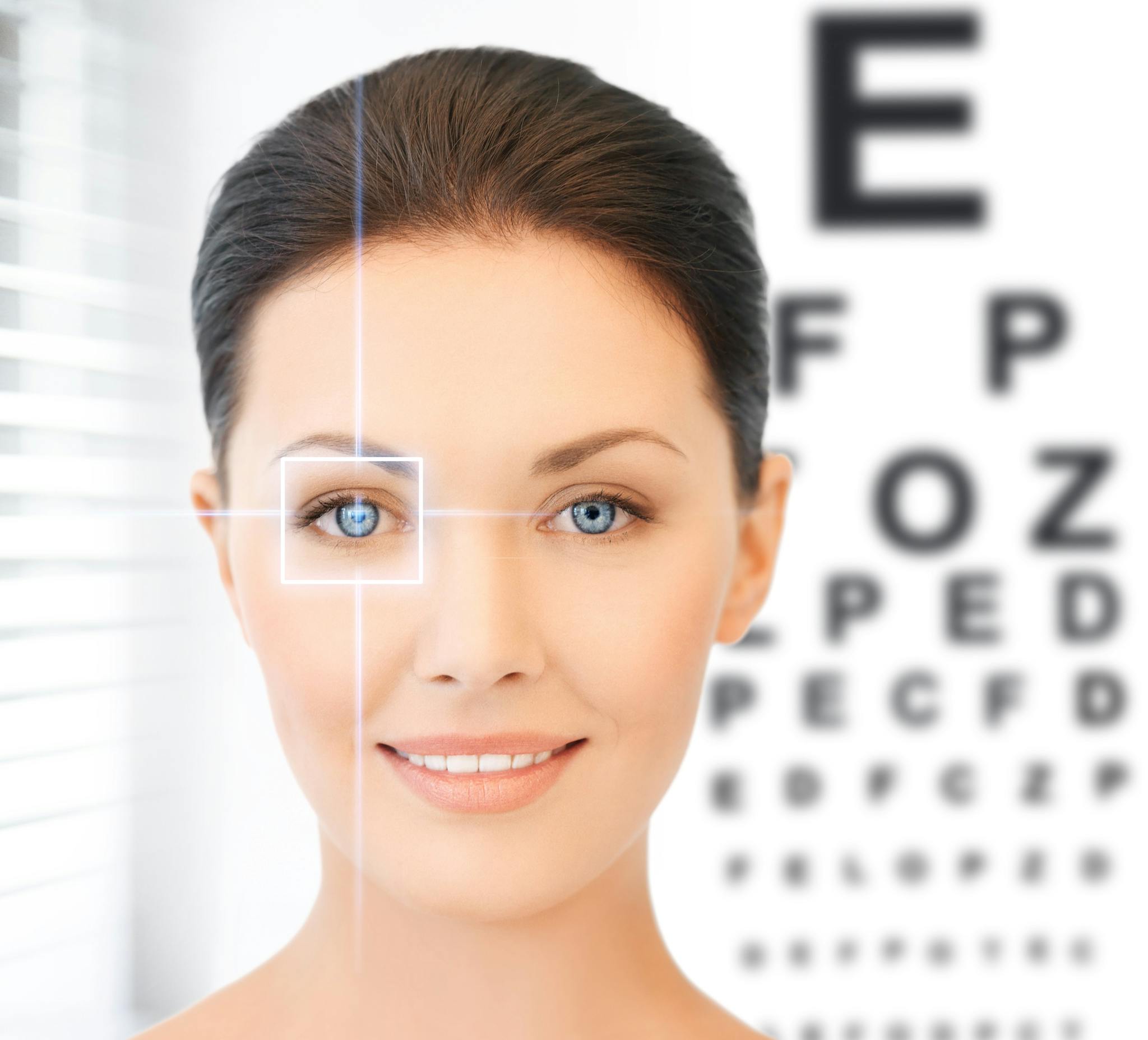
2023-07-10T16:46:58
Don’t let these 5 common injuries ruin your summer
- Family Medicine
- Urgent Care
- Value-Based Care
May 30, 2018 | Ophthalmology • Value-Based Care
Specialties:Ophthalmology

Roughly 3 million Americans have glaucoma, a group of eye diseases that affect the optic nerve and lead to impaired vision and blindness. Damage to your vision caused by glaucoma cannot be restored, but the good news is early detection and treatment can help prevent severe vision loss in the future.
Most types of glaucoma are asymptomatic—this means people with the disease don’t experience any symptoms—until the disease progresses and causes significant damage. That’s why screening is so critical, especially if you are at risk.
If you have one or more of these risk factors, it’s important to talk to your eye doctor about glaucoma screenings:
Like with most medical conditions, understanding and identifying your risk factors can help you get timely screening and treatment, which is key to preserving your health.
The age and frequency with which you start screening for glaucoma depends on your risk factors. Your doctor will be able to help you determine what screening schedule is right for you. As a general rule, the American Academy of Ophthalmology recommends the following:
Age 20-29: Those with a family history of glaucoma or of an at-risk ethnic descent should have an examination every three to five years.
Age 30-39: Those with a family history of glaucoma or of an at-risk ethnic descent should have an examination every two to four years.
Age 40-64: Everyone should get an eye exam every two to four years.
Age 65+: Everyone should get an eye exam every one to two years.
Your eye doctor can check for glaucoma during a comprehensive dilated eye exam screening, which consists of several different parts:
Your doctor may also take photos of your optic nerve and inspect the drainage angle of the eye.
If you have one or more risk factors of glaucoma, or are over age 40 and have not been screened, talk to your ophthalmologist (eye doctor) about screening. Glaucoma screening is critical to preserving vision and preventing blindness.
Resources:
“Facts About Glaucoma.” National Eye Institute.
https://nei.nih.gov/health/glaucoma/glaucoma_facts
“Who is at Risk for Glaucoma?” American Academy of Ophthalmology.
https://www.aao.org/eye-health/diseases/glaucoma-risk
“Risk Factors for Glaucoma.” VisionAware.
http://www.visionaware.org/info/your-eye-condition/glaucoma/risk-factors/125
“Save Your Sight – Glaucoma Screening.” MedicineNet.
https://www.medicinenet.com/glaucoma_screening_age_and_tests/views.htm
“Glaucoma Diagnosis.” American Academy of Ophthalmology.

WRITTEN BY:
The Live Better Team


2023-07-10T16:46:58

2023-07-06T12:52:34

2023-06-26T14:18:33

2023-03-30T11:23:12
This information is not intended to replace the advice of a medical professional. You should always consult your doctor before making decisions about your health.